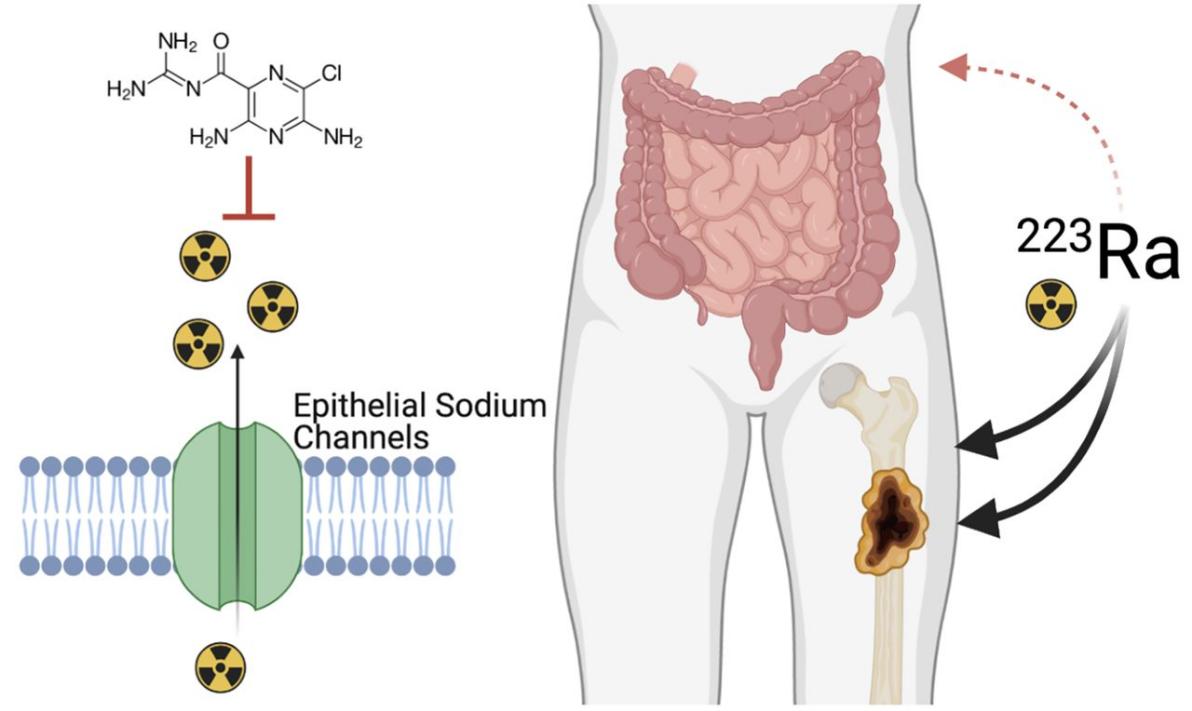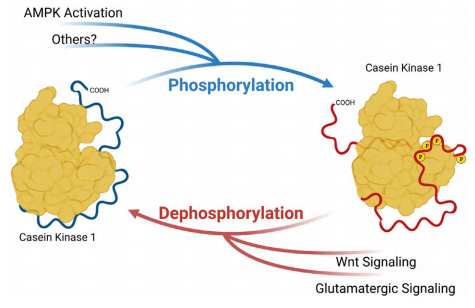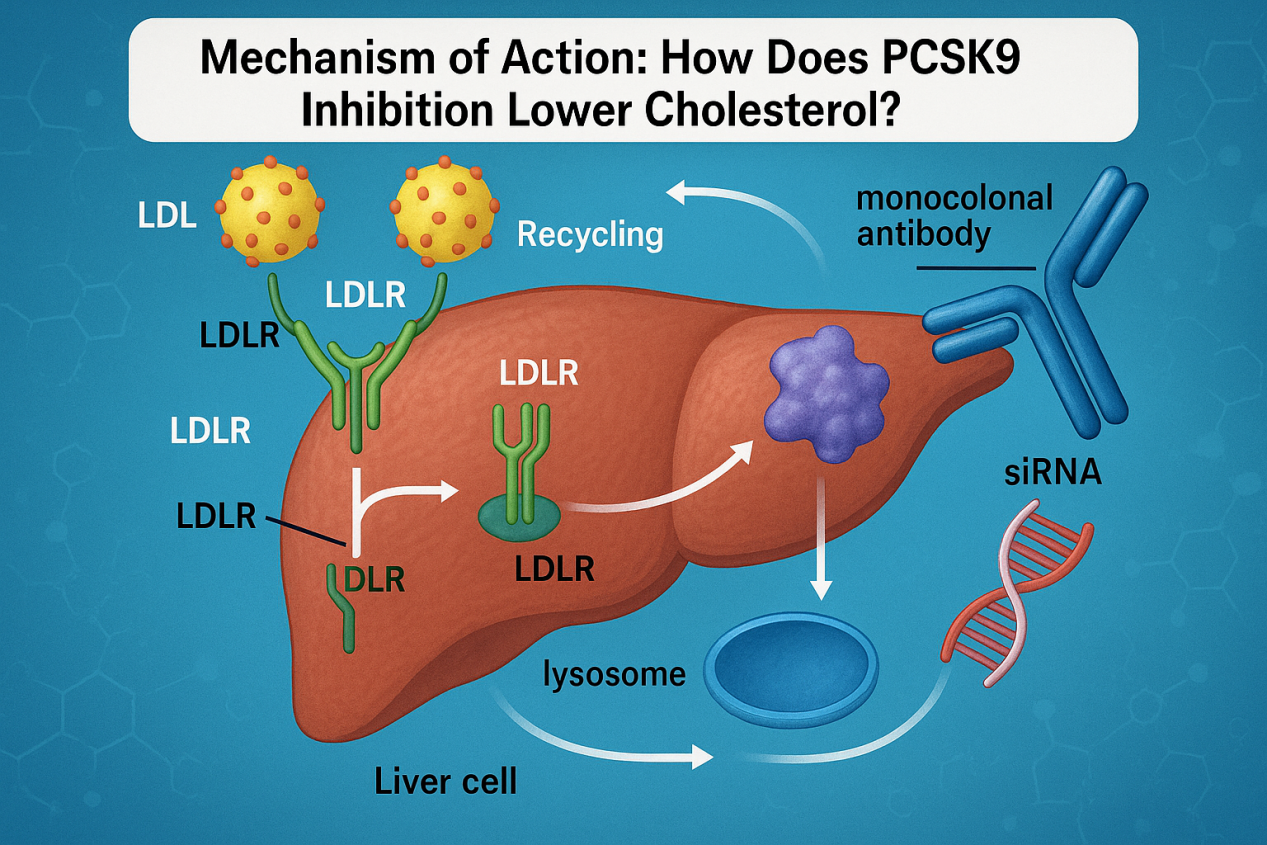Harnessing the Power of Isotopes in Modern Medicine: From Diagnostics to Treatment
Abstract
Isotopes are particularly significant in modern medicine and are crucial for therapy, diagnosis, and tailored care. These days, they are a necessary tool. The future of isotope applications appears bright, because to ongoing advancements in research on novel isotopes, sophisticated imaging technologies, and therapeutic diagnostic approaches that integrate diagnosis and treatment. Furthermore, the fact that isotopes may be used in gene therapy and other cutting-edge medical domains implies that their significance in healthcare will only grow. Isotope medicine has promising future possibilities, offering new hope to patients and pushing the boundaries of medical innovation despite obstacles including safety, cost, and regulatory concerns.
Introduction
Atoms of the same element that differ in their neutron counts but have the same number of protons are called isotopes. They are helpful in a range of medical diagnostic and therapeutic procedures due to their special qualities. Isotopes are widely used in contemporary medicine to treat a wide range of illnesses and provide insights into human physiology. Their significance in improving healthcare is demonstrated by the variety of applications they have, from radiation therapy to medical imaging.
Isotopes are essential in nuclear medicine for remarkably accurate illness diagnosis and treatment. When utilized in single-photon emission computed tomography (SPECT), for instance, technetium-99m can provide precise images of the heart, bones, and other organs, aiding in the early detection of disorders. Complex pictures of metabolic activity can be obtained using fluorine-18 in positron emission tomography (PET), which is essential for cancer diagnosis and therapy monitoring.
Isotopes also have special applications in medicine. Iodine-131, one of the radioactive isotopes, can be utilized to treat thyroid cancer in a targeted manner while limiting harm to nearby healthy tissue. This accuracy emphasizes how crucial isotopes are for both illness detection and treatment.
The variety of isotope applications will grow as medical science develops, adding additional isotopes for increasingly specialized purposes. Because of their ability to accurately diagnose patients and treat them, isotopes will always be a key component of medical innovation.
Diagnostic Applications of Isotopes
Isotope has revolutionized medical diagnosis, improving the accuracy of detecting and monitoring health status. In nuclear medicine, isotopes are used as radiotracers – a substance that emits detectable radiation, which can provide complex visualization of body processes. Their combination with diagnostic imaging is now the foundation of modern medicine, providing important information for clinical decision-making. One important use of isotopes in diagnosis is nuclear medicine imaging, especially through single-photon emission computed tomography (SPECT) and positron emission tomography (PET). SPECT uses isotopes such as technetium-99m, which emit gamma rays that are captured by gamma cameras to produce an integrated image of organs and tissues. This method is crucial for identifying coronary artery disease, bone disorders, and various types of cancer, and the short half-life and high gamma emission energy of technetium-99m make it particularly suitable for such applications. In contrast, PET imaging uses isotopes such as fluorine-18, which emit positrons, and when positrons collide with electrons, gamma rays are produced that can be detected by PET scanners. This technology is crucial in oncology, used to precisely locate cancerous tissue, evaluate tumor metabolism, and track treatment effectiveness. PET can provide detailed information on metabolic activity, which offers significant advantages over other imaging techniques and makes it an important tool for early detection and management of cancer. 
Fig.1 Diagnostic Applications of Isotopes
In addition to imaging, isotopes can be used as radioactive tracers in metabolic studies to track biochemical pathways and measure physiological function. This application is critical to understanding diseases such as diabetes and cardiovascular disease, helping to provide more effective treatments.
Therapeutic Applications of Isotopes
Modern medical care depends heavily on isotopes, especially when it comes to precisely treating different malignancies and illnesses. They are a crucial part of radiation therapy because of their exceptional capacity to deliver therapeutic radiation dosages directly to damaged tissue while sparing healthy cells, giving patients more effective and minimally intrusive treatment alternatives.
Radiation therapy is one important therapeutic use of isotopes in the treatment of thyroid cancer. Radioactive isotope iodine-131 is preferred because it selectively targets thyroid tissue and releases beta particles that kill cancer cells. Iodine-131 treats differentiated thyroid cancer and hyperthyroidism with a focused strategy that minimizes the need for extensive surgery or broad-spectrum chemotherapy.
In brachytherapy, when radioactive sources like cesium-137 or iridium-192 are positioned inside or close to the tumor, isotopes are also essential. Because of this close closeness, high local radiation doses can be administered with minimal damage to nearby healthy tissue. Compared to external radiation therapy, brachytherapy has fewer adverse effects and is more efficacious in treating breast, cervical, and prostate cancer.
Isotopes are also the driving force behind cutting-edge treatments like Targeted Alpha Therapy (TAT), which treats metastatic malignancies, particularly bone cancer, by using alpha-emitting isotopes like radium-223. Treatment with alpha therapy (TAT) is a promising approach for treating advanced or drug-resistant tumors because of the potent local radiation from alpha particles, which can successfully destroy cancer cells while sparing neighboring healthy tissue. 
Fig. 2 [223Ra]RaCl2 Bone metastatic castration-resistant prostate cancer.
As research continues, the therapeutic applications of isotopes are expected to expand, and new isotopes are being developed to treat a wider range of diseases. These advances have the potential to revolutionize treatment options, providing more precise, effective and personalized treatment options.
Isotopes in Personalized Medicine
Isotopes have been essential to the development of customized medicine, which has greatly altered disease diagnosis and therapy. Isotopes have grown especially useful in the field of oncology because they facilitate the creation of personalized treatment regimens based on the distinct biological characteristics of each patient, enabling accurate tumor localization and assessment of treatment efficacy.
Pharmacokinetics, the study of how medications are metabolized in the body, is one significant area in which isotopes are used in personalized medicine. Isotope tracers, including tritium and carbon-14, are used to monitor how medications are absorbed, distributed, metabolized, and excreted. This information is crucial for adjusting drug dosages to achieve the best possible therapeutic outcome with the fewest possible side effects.
Isotopes are also necessary for the creation of targeted treatments. For instance, therapeutic isotopes are delivered directly to cancer cells using radiolabeled antibodies, protecting healthy tissue from radiation exposure. The foundation of theranostics is this method, which combines therapeutic and diagnostic processes to create individualized treatment regimens. When diseases are accurately diagnosed and treated, patients are given the best care possible tailored to meet their specific needs.
In real time, isotopes can also track the effectiveness of a treatment. Physicians can efficiently modify treatment regimens by visualizing metabolic changes in tumors during treatment with PET scans that use isotopes like fluorine-18. With this responsive approach, patients’ care is continuously adjusted to meet their evolving health needs.
As personalized medicine continues to advance, the role of isotopes is expected to grow, paving the way for personalized diagnostic and therapeutic approaches that correspond to a patient’s specific genetic and molecular profiles.
Future Prospects in Isotopic Medicine
The diagnosis and treatment of diseases have changed as a result of the use of isotopes in medicine, and further breakthroughs are anticipated in the future. Isotopes are expected to have a greater influence in fields like targeted therapy and personalized medicine as technology advances. Medical science is about to advance with the creation of novel isotopes with distinctive properties, cutting-edge imaging methods, and novel treatment modalities.
The investigation of isotopes like copper-64 and zirconium-89, which have longer half-lives and different emission profiles from conventional isotopes, is one of the most promising advances. Their characteristics render them very suitable for sophisticated imaging methods and focused treatments requiring prolonged monitoring intervals or particular energy outputs. The development of these new isotopes has the potential to greatly improve the accuracy and efficacy of medical diagnostic and treatment processes.
In addition, a significant development is the incorporation of isotopes into state-of-the-art imaging technologies such as hybrid PET/MRI systems. These techniques provide a more thorough perspective of interior body processes by combining the functional imaging of PET with the deep anatomical insights of MRI. The application of isotopes such as fluorine-18 has the potential to significantly enhance the precision of disease diagnosis and treatment planning, especially in the case of complex ailments like cancer and neurological disorders.
It is anticipated that theranostics, a science that combines therapeutic and diagnostic applications, will receive increased attention. This method offers a tailored therapy paradigm by using isotopes for both disease detection and treatment. For example, lutetium-177 is one of the isotopes being studied for the diagnosis and treatment of neuroendocrine tumors. This is because it allows for focused treatment and real-time monitoring of the treatment’s effectiveness.
Isotopes have very interesting promise for gene therapy in the future. Current studies are investigating the use of isotopes in combination with gene-editing tools like CRISPR to target particular genes within cells, potentially leading to novel molecular treatments for cancer, genetic abnormalities, and other diseases. With its precision targeting, gene therapy may undergo a revolution, providing previously incurable diseases with newfound hope.
Conclusion
Isotope applications have had a profound impact in the medical community, improving diagnostic accuracy, enabling targeted therapies, and promoting personalized treatment strategies. As mentioned above, isotopes such as technetium-99m and fluorine-18 have become the mainstays of diagnostic imaging, while iodine-131 and lutetium-177 are key to therapeutic applications and play a vital role in the ongoing fight against various diseases. As research continues to advance, isotopes are expected to provide more innovative and effective solutions in the future.
The potential for isotopes to further transform medical practice is enormous. In the near future, we expect to see the emergence of additional new isotopes that will provide unique accuracy and effectiveness in diagnosis and treatment. Moreover, the application of isotopes in advanced imaging techniques and the increasing implementation of therapeutic diagnostic strategies will improve personalized treatment for individual patients, thereby improving treatment outcomes and minimizing adverse effects.
Furthermore, it appears that we are only now beginning to fully understand the potential of isotopes in gene therapy and other cutting-edge medical sectors, according to ongoing study. The field of isotope medicine is poised for success as physician-scientist collaboration develops to meet the complex challenges posed by these technologies. This marks the beginning of a new era in patient care.
In conclusion, it is anticipated that isotopes will become more significant in upcoming medical advancements. Isotopes will remain a crucial component of improving patient care as new medicines and diagnostic techniques emerge, signaling the start of a new era of scientific discoveries and better health results.
References
Hendee, W. R., & Ritenour, E. R. (2002). Medical imaging physics (4th ed.). John Wiley & Sons.
Saha, G. B. (2016). Basics of PET imaging: Physics, chemistry, and regulations (3rd ed.). Springer.




